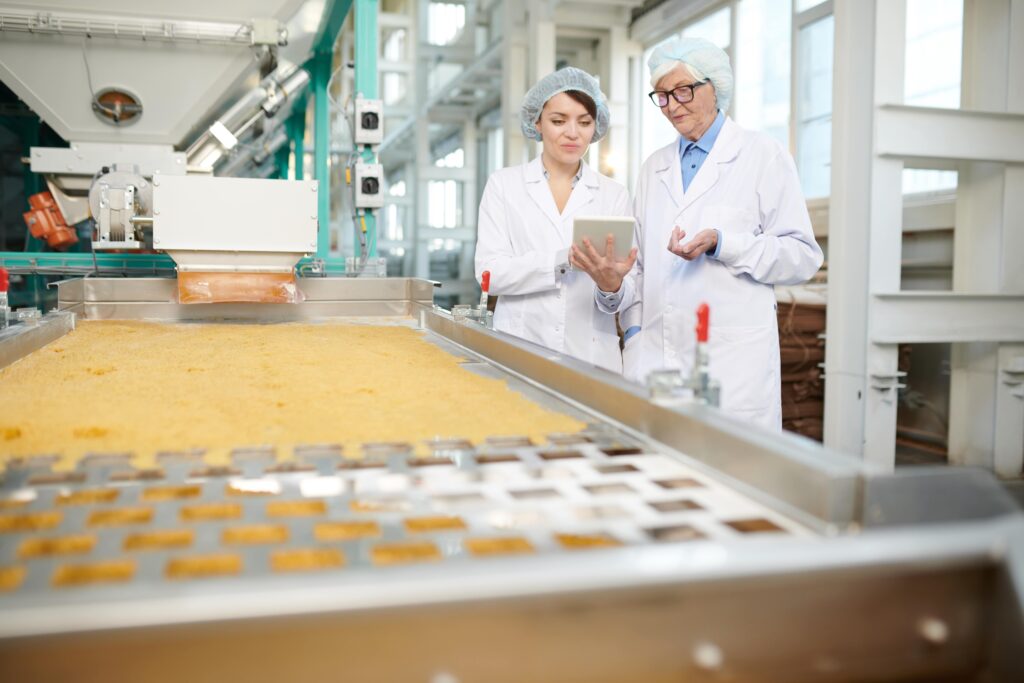In the world of food manufacturing, product recalls can be a direct threat to brand trust, operational stability, and customer safety. While contamination often seems like a sudden crisis, the truth is that many recalls begin long before the product ever leaves the facility. Often, the root cause can be traced back to one quiet culprit: equipment design.
The Overlooked Risk in Aging and Poorly Designed Equipment
Food processing facilities work hard to meet safety standards and maintain quality, but even the most diligent teams can be hindered by equipment that wasn’t built with sanitation in mind. Flat surfaces that collect residue, open seams that trap particles, and hard-to-reach components make thorough cleaning difficult. Over time, this creates ideal conditions for bacteria and cross-contamination to flourish undetected.
Older equipment, especially if retrofitted or modified multiple times, may no longer align with best practices in hygiene design. Without clean-in-place compatibility or quick disassembly features, sanitation staff are forced to work around the limitations, which leaves room for error.
Modern Design: A Proactive Defense Against Contamination
Forward-thinking facilities are turning to equipment engineered specifically to prevent contamination rather than merely contain it. Features like rounded edges, self-draining surfaces, and sealed welds don’t just meet regulatory expectations: They actively minimize microbial harborage points.
But design doesn’t stop at the machine. Integrated automation reduces the number of human touchpoints, which remains one of the leading vectors of product contamination. When equipment is designed to streamline production and minimize manual interaction, facilities gain efficiency and an important safety advantage.
Process Support Is as Critical as the Machinery
Preventing recalls isn’t only about the physical structure of equipment. It’s about supporting teams with the right tools and services around the clock. A well-designed line must be paired with equally strong support: maintenance protocols, access to replacement parts, and responsive technical assistance when problems arise.
When an issue is detected early — thanks to 24/7 support or internal monitoring systems — facilities can make minor corrections before small problems become large-scale disruptions. Training staff on sanitation best practices also reinforces this barrier, especially when processes are built around user-friendly, accessible designs.
A Culture of Prevention, Not Reaction
Every facility wants to avoid the financial and reputational impact of a product recall. But the best way to do that isn’t simply responding faster. It’s designing smarter from the start. When cleanliness, serviceability, and process control are prioritized in equipment design, the ripple effect touches every corner of the operation.
Explore how intentional equipment design and proactive process planning come together to reduce risk in the visual breakdown of the recall lifecycle from Bak Food Equipment, a pet food processing equipment company.


